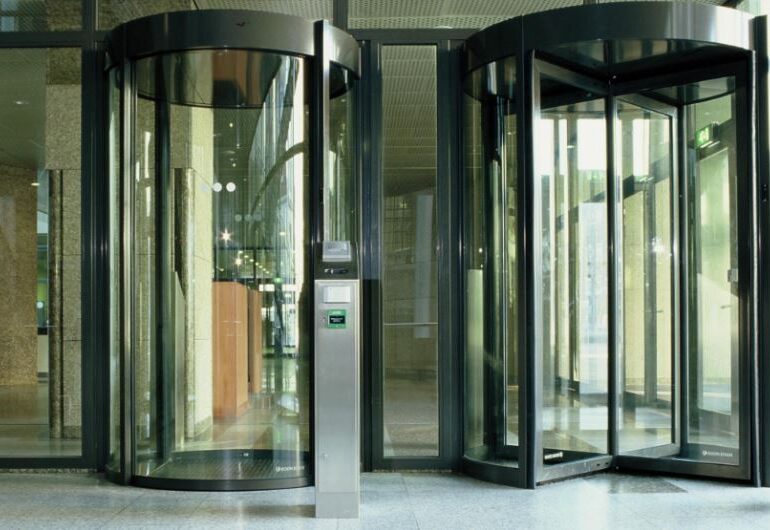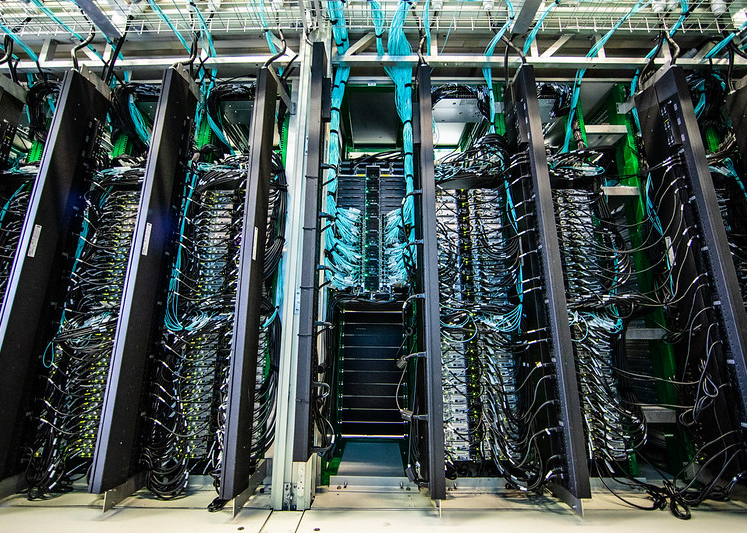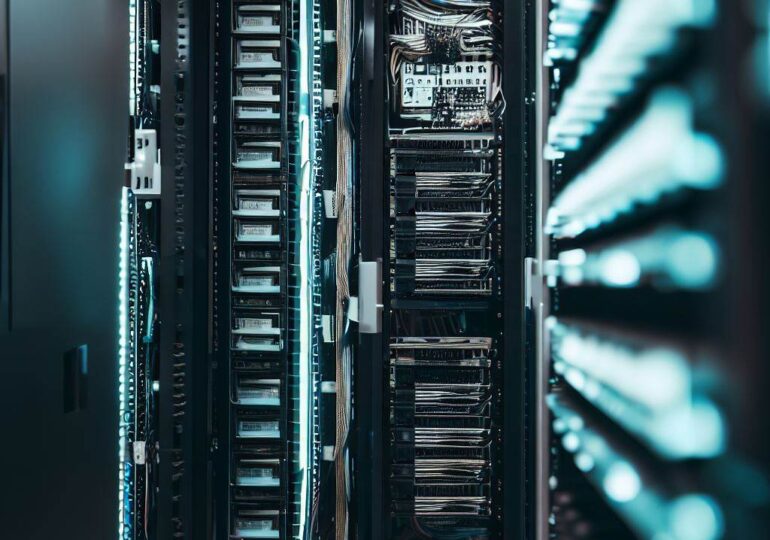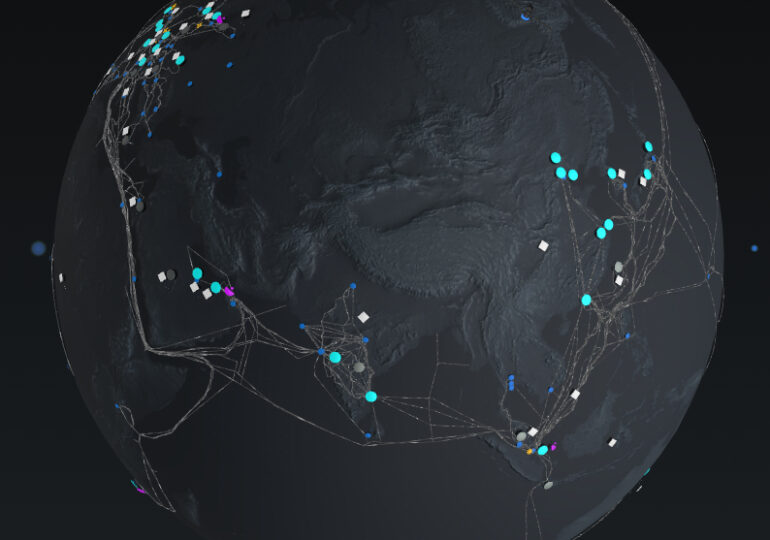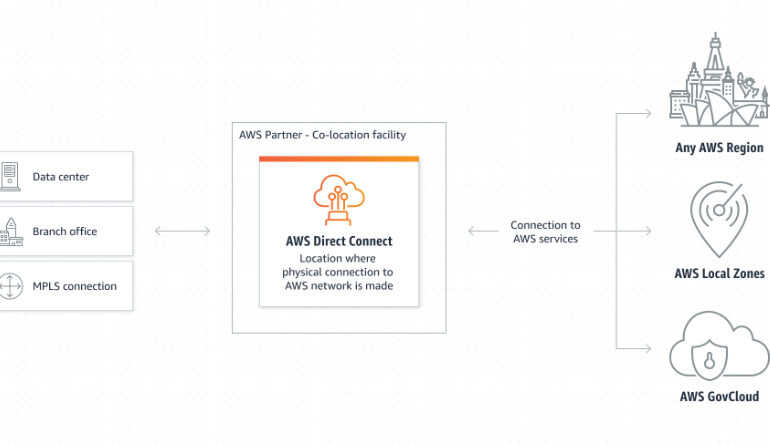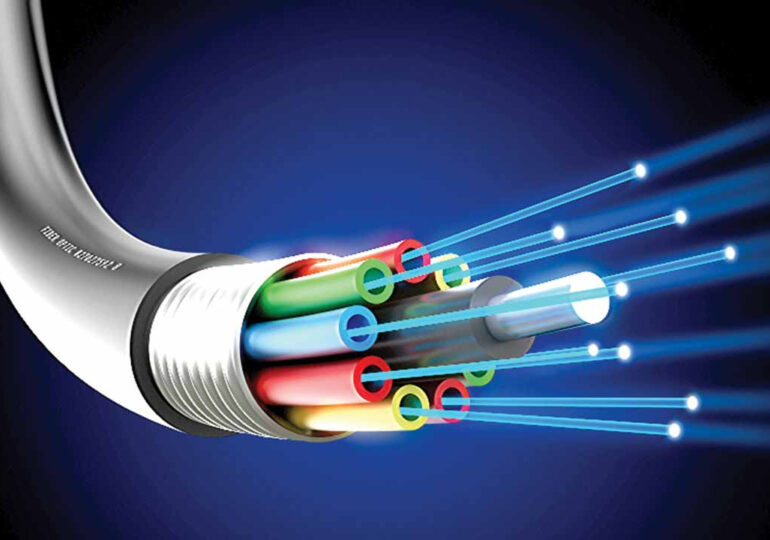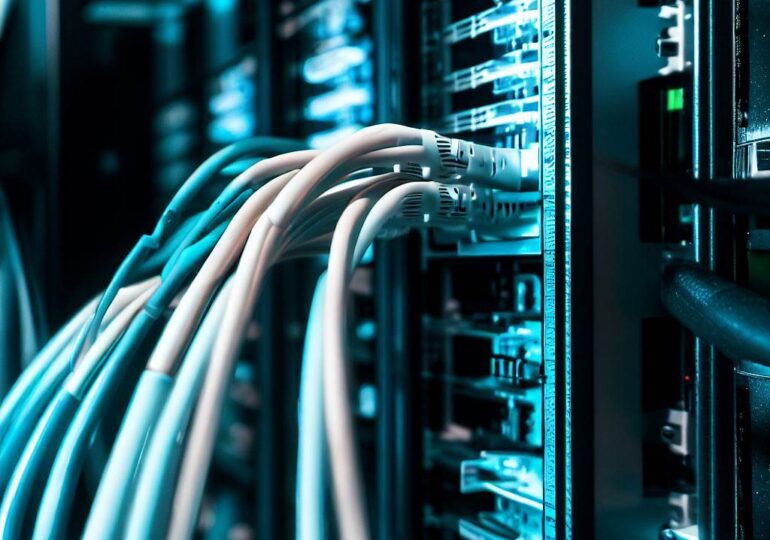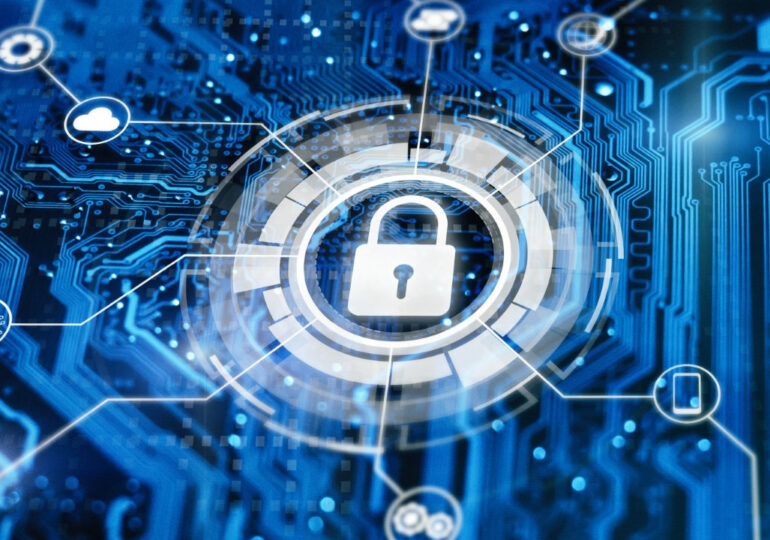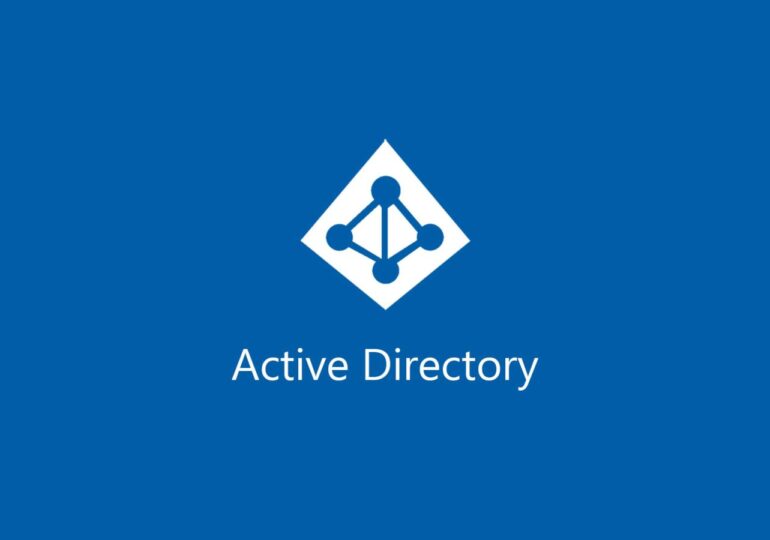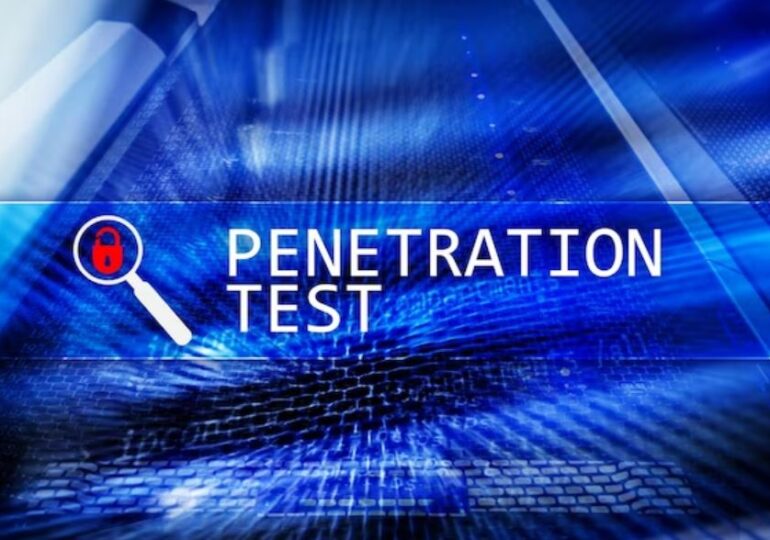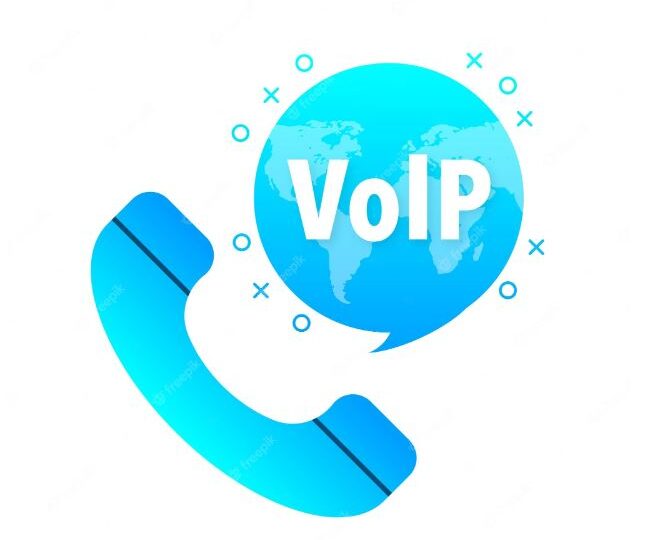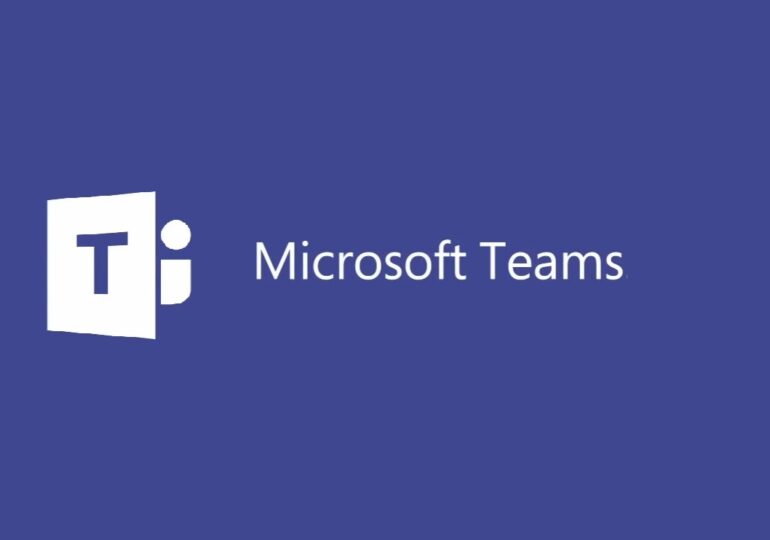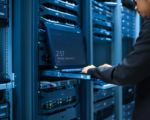Why Access Control and Access Management of Telecoms Equipment is important

In today’s interconnected world, access control and access management of telecoms equipment play a crucial role in ensuring the security and efficiency of communication networks. With the increasing reliance on telecoms infrastructure for various services, including voice and data transmission, managing and controlling access to these systems is of utmost importance.
Effective access control measures ensure that only authorized personnel have access to critical telecoms equipment, minimizing the risk of unauthorized intrusions and potential disruptions to communication networks. By implementing robust access management protocols, telecom companies can enforce strict authentication measures, prevent unauthorized access, and protect sensitive information from falling into the wrong hands.
Moreover, access control and access management allow telecoms companies to track and monitor user activity, helping identify any irregularities or potential security breaches. This enables prompt action and reduces response times in the event of a security incident.
Considering the rapidly evolving cybersecurity landscape, telecoms organizations must prioritize access control and access management to safeguard their infrastructure, protect customer data, and ensure uninterrupted communication services. By doing so, they can instil trust in their customers and demonstrate their commitment to maintaining a secure and reliable network.
What is access control and access management for telecoms equipment?
Access control and access management refer to the processes and technologies used to regulate and monitor access to telecoms equipment and infrastructure. It involves implementing various security measures to ensure that only authorized individuals or systems have access to sensitive resources.
Telecoms equipment access control involves the use of authentication mechanisms such as passwords, biometrics, smart cards, or other forms of identification to verify the identity of users. Access management, on the other hand, focuses on defining and enforcing access policies, permissions, and restrictions based on user roles and responsibilities.
By implementing access control and access management systems, telecoms companies can establish a secure framework that protects their equipment and data from unauthorized access, while also enabling efficient and controlled access for authorized personnel.
The importance of access control and access management in the telecoms industry
Access control and access management are vital in the telecoms industry for several reasons. Firstly, they help prevent unauthorized access to critical telecoms equipment, which could lead to service disruptions, data breaches, or even complete network failures. By restricting access to authorized personnel only, telecoms companies can significantly reduce the risk of such incidents.
Secondly, access control and access management enable telecoms organizations to comply with industry regulations and standards. With data privacy laws becoming increasingly stringent, telecoms companies must ensure that they have appropriate access controls in place to protect customer data and comply with legal requirements.
Moreover, access control and access management allow telecoms companies to monitor and track user activity. This helps in identifying any suspicious behaviour, potential security breaches, or insider threats. By having visibility into user actions, telecoms organizations can take prompt action and mitigate risks before they escalate.
Lastly, access control and access management contribute to the overall operational efficiency of telecoms companies. By implementing streamlined access processes, organizations can ensure that authorized personnel can access the necessary equipment and resources efficiently, reducing downtime and increasing productivity.
Security risks associated with inadequate access control and access management
Insufficient access control and access management can expose telecoms organizations to various security risks. Without proper controls in place, unauthorized individuals or malicious actors may gain access to critical telecoms equipment, compromising the integrity, confidentiality, and availability of communication networks.
One of the primary security risks associated with inadequate access control is unauthorized access. This can occur when individuals without proper authorization gain entry to telecoms facilities or equipment, potentially leading to service disruptions or data breaches. Moreover, unauthorized access can also result in malicious activities, such as tampering with equipment or intercepting sensitive communications.
Another significant risk is the insider threat. Employees or contractors with authorized access to telecoms equipment may abuse their privileges, intentionally or unintentionally, causing harm to the organization. This could include data theft, sabotage, or unauthorized modifications to network configurations.
Inadequate access control and access management can also make telecoms infrastructure vulnerable to cyber attacks. Without proper authentication and authorization mechanisms, hackers can exploit weak points in the system, gain privileged access, and launch sophisticated attacks that can compromise the entire network.
Compliance regulations and standards for telecoms equipment access control
Compliance with industry regulations and standards is crucial for telecoms companies to ensure the security and privacy of their networks. Several regulations and standards govern access control and access management in the telecoms industry, defining best practices and requirements that organizations must adhere to.
One of the key regulatory frameworks is the General Data Protection Regulation (GDPR), which applies to telecoms companies that handle the personal data of individuals residing in the European Union. GDPR mandates the implementation of appropriate access controls and management processes to protect personal data and ensure data subject rights.
Additionally, the Payment Card Industry Data Security Standard (PCI DSS) is relevant for telecoms companies that handle payment card information. PCI DSS requires organizations to implement strong access control measures to protect cardholder data, including restrictions on physical access to cardholder data environments.
Furthermore, telecoms companies may need to comply with industry-specific standards such as the Telecommunications Industry Association (TIA) standards or the International Electrotechnical Commission (IEC) standards. These standards provide guidelines for secure access control and access management practices specific to the telecoms industry.
By adhering to these compliance regulations and standards, telecoms organizations can ensure that their access control and access management practices align with industry best practices, reducing the risk of security breaches and legal consequences.
Best practices for implementing access control and access management in telecoms
Implementing effective access control and access management in the telecoms industry requires a comprehensive approach that encompasses both technical and organizational measures. Here are some best practices to consider:
- Define access control policies: Develop clear policies that outline the rules and guidelines for accessing telecoms equipment and resources. These policies should define user roles, permissions, and restrictions based on job responsibilities.
- Implement multi-factor authentication: Utilize multi-factor authentication methods such as passwords, biometrics, smart cards, or one-time passwords to enhance the security of access control systems.
- Segregate network segments: Separate telecoms equipment and networks into different segments based on their criticality and sensitivity. This helps contain potential security breaches and minimizes the impact of a compromised system.
- Regularly review and update access privileges: Conduct periodic reviews of user access privileges to ensure that only authorized individuals have the necessary permissions. Remove or modify access rights promptly when employees change roles or leave the organization.
- Encrypt sensitive data: Implement encryption mechanisms to protect sensitive data in transit and at rest. Encryption adds an extra layer of security, ensuring that even if unauthorized access occurs, the data remains unreadable and unusable.
- Monitor user activity: Utilize logging and monitoring tools to track and record user activity. Regularly analyze logs for any suspicious behaviour or security incidents that may require investigation.
- Provide training and awareness: Educate employees and contractors about the importance of access control and access management. Regularly train them on best practices, password hygiene, and how to identify and report potential security threats.
- Regularly test and audit systems: Conduct regular penetration testing and security audits to identify vulnerabilities in access control systems. This helps in proactively addressing weaknesses and ensuring the effectiveness of access management measures.
By implementing these best practices, telecoms organizations can establish a strong foundation for access control and access management, enhancing the security and integrity of their networks.
Key components of an effective access control and access management system
An effective access control and access management system for telecoms equipment comprises several key components. These components work together to ensure the security, integrity, and availability of communication networks.
- Authentication mechanisms: Robust authentication mechanisms, such as passwords, biometrics, or smart cards, are essential for verifying the identity of users and granting access to telecoms equipment.
- Authorization policies: Authorization policies define the level of access granted to users based on their roles, responsibilities, and the resources they need to perform their tasks. These policies ensure that users only have access to the resources necessary for their job functions.
- User provisioning and de-provisioning: Proper user provisioning and de-provisioning processes ensure that authorized users receive the necessary access rights promptly, while access is promptly revoked when no longer required. This helps prevent unauthorized access and reduces the risk of insider threats.
- Access control lists (ACLs): ACLs are used to control and manage access to specific resources or network segments. They define which users or groups have permission to access certain equipment or perform specific actions.
- Privileged access management (PAM): PAM focuses on securing and managing privileged accounts, which have elevated access privileges. By implementing PAM solutions, telecoms organizations can ensure that privileged accounts are properly controlled, monitored, and audited.
- Auditing and logging: Logging and auditing mechanisms capture and record user activity, providing an audit trail for forensic analysis and compliance purposes. These logs help in identifying security incidents, tracking user behaviour, and detecting potential threats.
- Physical access controls: Physical access controls, such as biometric scanners, key cards, or security guards, are crucial for restricting access to telecoms facilities and equipment. By implementing appropriate physical access controls, organizations can prevent unauthorized entry and protect sensitive equipment.
- Incident response and management: Incident response plans and procedures should be in place to address security incidents promptly and effectively. Telecoms organizations should have a well-defined incident response team and processes to minimize the impact of security breaches.
By integrating these key components into their access control and access management system, telecoms organizations can establish a robust and comprehensive framework that protects their equipment, data, and networks.
Access control and access management tools and technologies for telecoms equipment
Several tools and technologies are available to assist telecoms organizations in implementing effective access control and access management for their equipment. These tools automate and streamline access management processes, enhance security, and improve operational efficiency. Here are some commonly used tools and technologies:
- Identity and Access Management (IAM) systems: IAM systems provide centralized control and management of user identities and access privileges. They allow organizations to define and enforce access policies, manage user provisioning and de-provisioning, and streamline authentication processes.
- Network Access Control (NAC) solutions: NAC solutions enforce access policies at the network level, ensuring that only compliant and authorized devices can connect to the network. They provide visibility into connected devices, perform security assessments, and enforce security policies.
- Privileged Access Management (PAM) solutions: PAM solutions help manage and secure privileged accounts, ensuring that only authorized individuals have access to critical systems and resources. They provide mechanisms for secure password storage, session monitoring, and privileged session recording.
- Security Information and Event Management (SIEM) systems: SIEM systems collect and analyze log data from various sources, allowing organizations to detect and respond to security incidents in real time. They provide advanced correlation and analysis capabilities, helping identify potential threats and security breaches.
- Physical access control systems: Physical access control systems include technologies such as biometric scanners, key cards, and surveillance cameras to control entry to telecoms facilities. These systems integrate with identity management solutions, ensuring that only authorized individuals can gain physical access.
- Encryption solutions: Encryption solutions protect sensitive data by converting it into an unreadable format. Telecoms organizations can implement encryption mechanisms to secure data in transit and at rest, ensuring that even if unauthorized access occurs, the data remains protected.
- Security analytics platforms: Security analytics platforms use advanced analytics and machine learning techniques to analyze user behavior and detect anomalies or potential security threats. These platforms provide actionable insights, helping organizations proactively identify and mitigate risks.
By leveraging these tools and technologies, telecoms organizations can enhance their access control and access management capabilities, strengthen security measures, and streamline operational processes.
Case studies showcasing the impact of access control and access management in the telecoms industry
Case Study 1: XYZ Telecoms
XYZ Telecoms, a leading telecommunications provider, implemented a robust access control and access management system to safeguard its network infrastructure and protect customer data. By enforcing strict authentication measures and defining access policies based on user roles, XYZ Telecoms significantly reduced the risk of unauthorized access.
Additionally, the implementation of a privileged access management solution allowed XYZ Telecoms to secure privileged accounts and closely monitor privileged user activity. This helped in detecting and preventing insider threats, ensuring the integrity of the network.
As a result of their access control and access management initiatives, XYZ Telecoms experienced a significant decrease in security incidents and data breaches. This enhanced their reputation in the market and increased customer confidence in their services.
Case Study 2: ABC Telecoms
ABC Telecoms, a multinational telecommunications company, faced challenges in managing access to its vast network infrastructure and numerous telecoms facilities. With a diverse workforce and contractors accessing critical equipment, ABC Telecoms needed a comprehensive access control and access management solution.
By implementing an identity and access management system, ABC Telecoms centralized user provisioning and de-provisioning processes, ensuring that access rights were granted and revoked promptly. This streamlined access management, reduced administrative overhead, and improved overall operational efficiency.
Furthermore, the integration of physical access control systems with the identity management solution allowed ABC Telecoms to ensure that only authorized individuals could access telecoms facilities. This enhanced physical security and prevented unauthorized entry.
The implementation of such access control and access management measures enabled ABC Telecoms to achieve compliance with industry regulations, protect customer data, and strengthen its overall security posture.
Conclusion
As we can see from the above points access control and management are key concerns that need to be addressed from a business perspective and a personal data perspective. Ensure your business addresses it’s needs and constantly monitor your workforce, installations and deployments, and management processes to ensure maximum security and minimise risk

